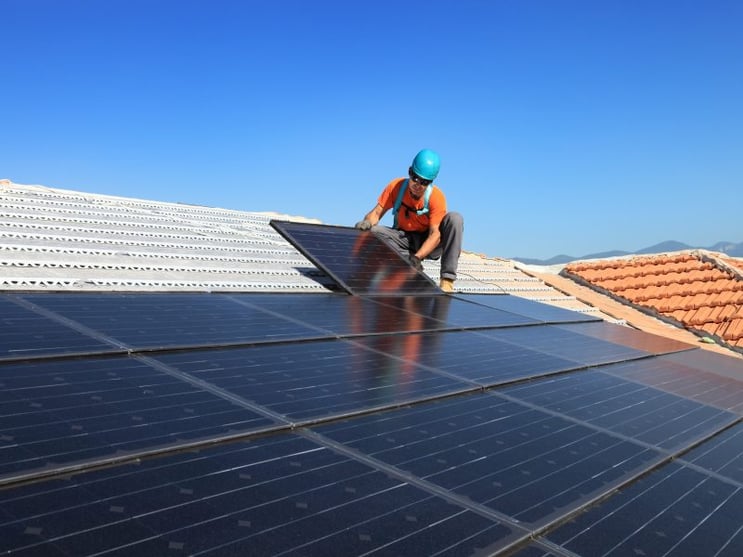How Bright Will Solar Energy Be in The Coming Years and Decades?

Renewables have been gaining serious consideration as viable sources of energy. Many experts see this as an effective way to combat climate change.
In recent years, the issue has become more significant to policymakers and business leaders. So much so that the UN has crafted the 2030 Sustainable Development Goals to address the problem, among them:
- Goal 7: Affordable and Clean Energy
- Goal 13: Climate Action
Whether it’s through solar, wind or geothermal energy, both goals aim to increase and improve the use of renewable energy across several industries.
In particular, solar energy is getting a lot of people excited as solar companies are constantly improving how they harness this technology.
There are a couple of aspects to look out for as solar gains momentum.
Cost reduction
The different components of solar cells and panels (e.g. silver, silicon) are steadily becoming more affordable. Labor costs to install the necessary hardware and equipment are also decreasing.
As field experts increase their practical knowledge on solar energy, these reductions will ramp up over time. Since cost will be driven down, more people will be able to utilize this energy source for their homes.
There is also a huge potential for small and large businesses to improve processes and sustainability of operations. The cheaper solar energy becomes, the more companies are in a better position to fully adopt it.
The National Renewable Energy Laboratory is one of the government agencies keeping an eye on these trends and the implications on widespread use.
Efficiency in producing energy
Cost-effectiveness is one thing, but if solar cells are unable to meet increasing energy demands, then the full adoption of this technology will be in question. Fortunately, it seems that solar is set to be able to provide a significant contribution to ever-growing demands.
Using tandem silicon cells, higher efficiency modules are currently being developed and are expected to produce almost twice the power of existing solar energy devices. In other words, converting and storing sunlight into usable energy is improving.

Depending on the pace of progress, solar energy could potentially outstrip the power output of current energy sources sometime in the future.
States are paving way for solar energy via official policies
Across the US, more states are improving their runway in adopting solar energy. In California, building codes now require new homes to have enough solar panels to meet electricity demand.
Massachusetts and Washington D.C. are also following suit and are considering a similar goal for newly-built homes in their respective jurisdictions.
Officials from these pioneering states are hopeful that their example can serve as a template for other states in the US and beyond.
Overall, the tone-setting from places like California and Massachusetts also serves as a signal to residential builders, contractors, homeowners — the whole spectrum of relevant actors and stakeholders — that sustainability is becoming an integral part of any community or economy.
If we are to achieve such lofty milestones, such as the Sustainable Development Goals, radical changes in energy production needs to happen in multiple industries, especially the ones that can make a big impact in curbing climate change.





